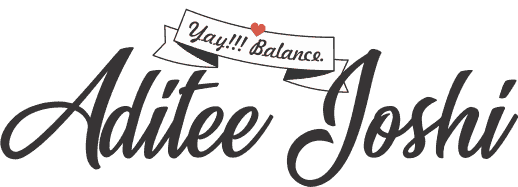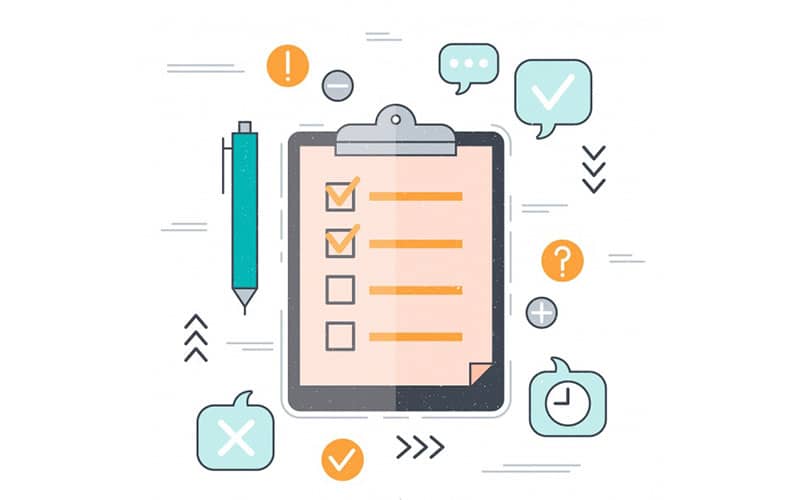Survey is a researching method used to collect data from a sample set or a group of individuals to gain insights on metrics related to a product. This technique has been widely used by marketing firms to understand the customer behavior and to analyze demand.
You can read the link below to gain better understanding on surveys:
Surveys – Data Collection techniques
While I was studying the most common challenges faced by Survey creators, I encountered the mention of “Survey Designing” as one of the biggest challenges. Eventually, it turned out that there is a step-wise process to formulate a survey and is not much known. You might have knowledge of a few points that are bound to be followed but the flow remains somewhat mysterious.
I am hereby quickly summarizing the factors essential for a survey.
- Main Objective for conducting the survey – Knowing the WHY factor
- Sample set or Focus Group – Respondents usually 8-10 in number
- Duration of the survey – 1 hour is the ideal timeline
- 1 Moderator and 1 Brand Manager
- Incentives – To keep up the spirit of respondents
Now that we know the essentials for conducting a survey. We can start working on generating one survey following the steps mentioned below.
NOTE: It is not Rocket Science but simple use of Common Sense.
STEP 1 – Ensure all the key factors mentioned above are available at the time of conducting surveys. Focus Group participants should be picked based on the survey criteria like age group, location etc. The focus group decides the result of Survey.
STEP 2 – Keep the survey generalized in nature. The idea is to use simple language, easy to be understood by the respondents. You should keep in mind that the respondent should remain binged while answering the questions.
STEP 3 – Framing of questions and flow. Follow a natural flow when it comes to questions based on the approach of usage. Like, avoid jumping on to the main question directly. For example, the survey aim is to understand the purchase capacity of the consumer, so rather than directly asking about the salary of the consumer, you can add questions to do more with his qualifications, family size and then his current job status.
STEP 4 – What are the types of questions you aim to use in your survey. Is it open-ended or close-ended questions? Open-ended questions result
STEP 5 – Drafting of questions is an art in itself. Keeping the questions simple to understand and precise in quality ensures continued respondent interest. The one point to keep in mind is avoid leading questions and being unambiguous or else the results might get affected.
STEP 6 – Sequence of questions should make sense and should be intuitive enough for the respondent to answer. The entire experience for the respondent needs to be swiftly flowing till the mention of the most important question.
STEP 7 – Pre-testing of survey questions with the sample respondents can save your survey from failing miserably. It is best to perform the pre-testing with a small group of respondents and analyse if the survey is getting the desired answers. You can always make changes to the set of questions based on your learning.
STEP 8 – Getting a Sign off from your stakeholders is imperative to avoid future clashes. It also gives them a chance to add more information based on their experiences from the past.

















